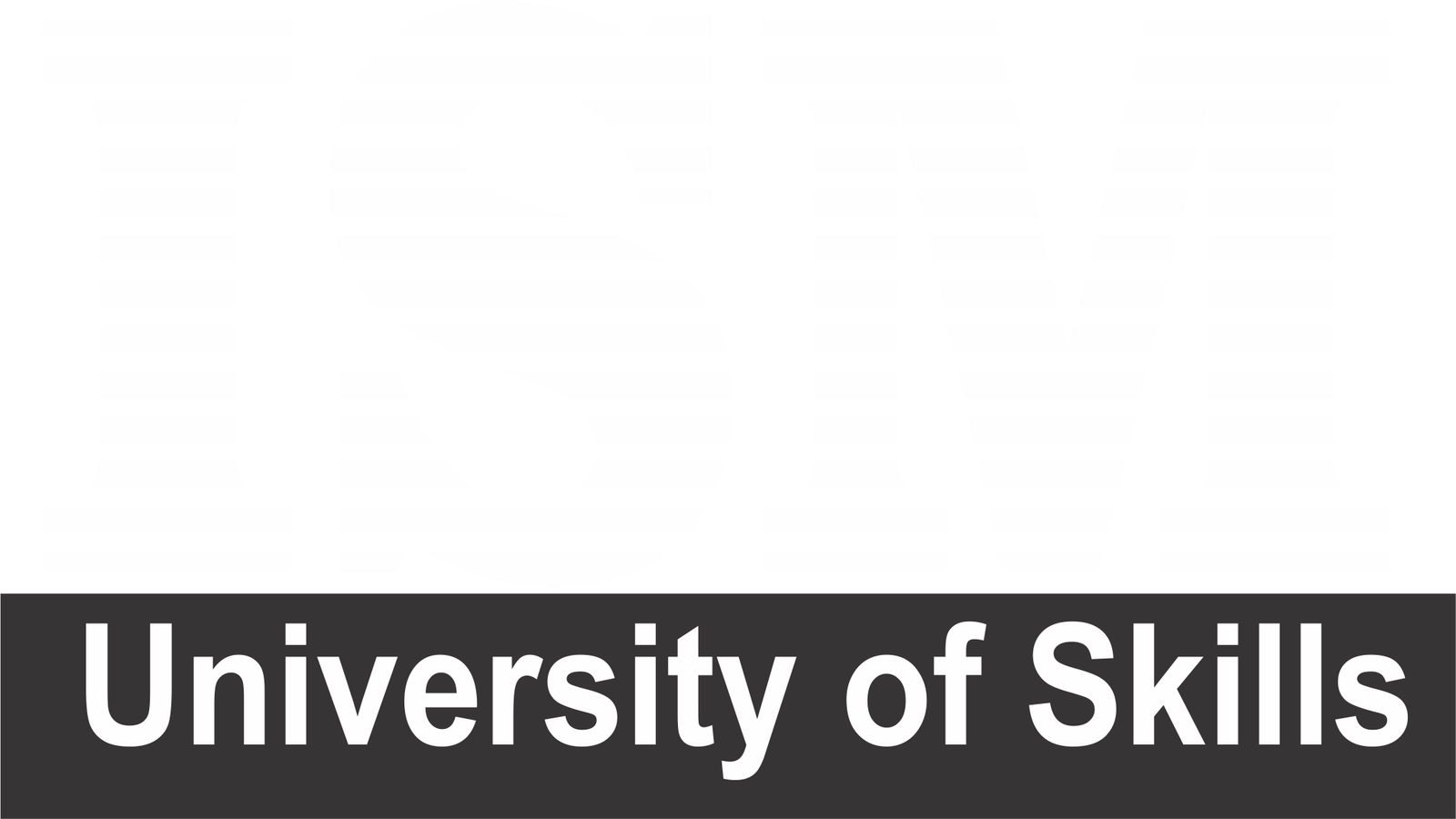In recent years, the healthcare industry has witnessed a transformative shift with the integration of predictive analytics. This advanced analytical approach is proving to be a game-changer at institutions like ISM University, where innovative applications are reshaping the landscape of disease management, patient care, and resource allocation. In this article, we will explore how ISM University is harnessing the power of predictive analytics to forecast disease outbreaks, enhance patient outcomes, and optimize healthcare resources.
Disease Outbreak Forecasting: ISM University has embraced predictive analytics to anticipate and mitigate the impact of disease outbreaks. By analyzing historical health data, including patient records, demographics, and environmental factors, the university’s healthcare experts can identify patterns indicative of potential outbreaks. This proactive approach enables timely public health interventions, such as targeted vaccination campaigns and resource mobilization, ultimately contributing to the prevention and control of infectious diseases.
Patient Outcome Prediction: Predictive analytics plays a pivotal role in improving patient outcomes at ISM University. The integration of machine learning algorithms with electronic health records allows healthcare professionals to identify high-risk patients and intervene before complications arise. By predicting potential health issues and tailoring treatment plans based on individual patient characteristics, the university ensures a more personalized and effective approach to healthcare delivery.
Resource Optimization: Optimizing healthcare resources is a critical aspect of providing efficient and cost-effective services. ISM University utilizes predictive analytics to forecast patient admission rates, emergency room utilization, and other resource-intensive factors. This foresight allows administrators to allocate staff, equipment, and facilities more strategically, reducing wait times, improving patient satisfaction, and maximizing the overall efficiency of healthcare services.
Case Study: The Impact of Predictive Analytics on ISM University’s Healthcare System Highlight a specific example or case study showcasing how predictive analytics has made a measurable difference in disease outbreak response, patient outcomes, or resource optimization at ISM University.
Challenges and Future Directions: While predictive analytics has demonstrated significant benefits, challenges such as data privacy concerns, model interpretability, and the need for continuous data quality improvement persist. ISM University is committed to addressing these challenges and looks towards the future with a focus on refining predictive models, exploring emerging technologies, and fostering interdisciplinary collaborations to further enhance healthcare analytics.
Conclusion: ISM University’s commitment to leveraging predictive analytics in healthcare reflects a progressive and data-driven approach to address the complex challenges facing the industry. As we continue to witness advancements in this field, the integration of predictive analytics at ISM University serves as a beacon of innovation, offering valuable insights and paving the way for a more resilient and responsive healthcare system.

